The festival of Joy! Ashokashtami!
The flower of the Ashoka tree 'Saraca Asoca' is the state flower of Odisha.
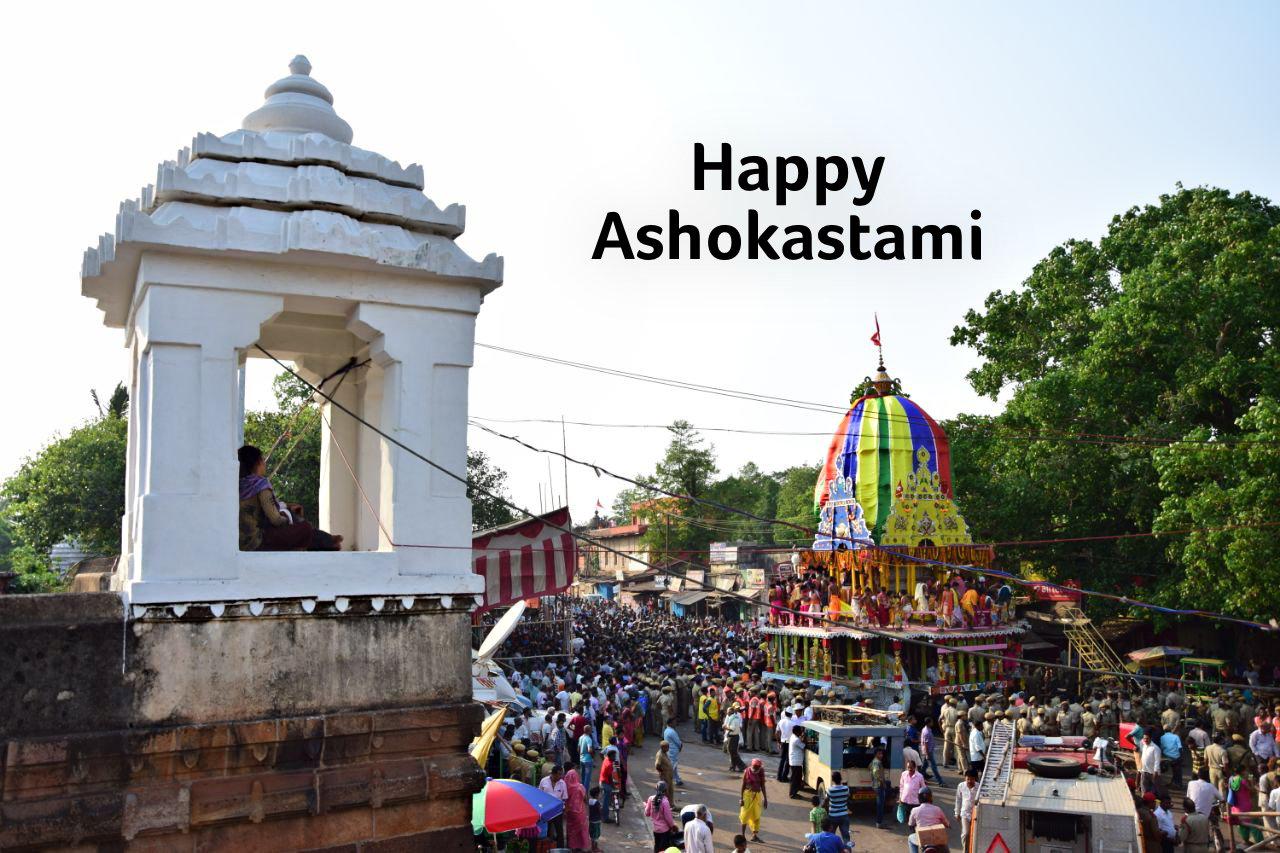
This tree signifies a state of being free from “shoka” or sorrow. The essence of Hinduism is to live a life of supreme happiness and fearlessness. Worshipping the Ashoka tree signifies this aspect that the pillars of life are just two- happiness and fearlessness- and everything revolves around these parameters.
Traditionally, the Ashoka flower and Lord Shiva are worshipped on Ashokashtami, where the flowers are placed on the Shivling. Red ritualistic thread is wrapped seven times around the Asoka tree and parikrama of the Asoka tree is done. After performing the aarti in front of the tree, a chapter from the Ramayana is read while sitting near the tree. The story goes that once Ravana, who was a great Shiv bhakt, sang the Shiva Tandava so perfectly that Lord Shiva was moved by his intense devotion and two tears rolled down from the Lord's eyes. One became Rudraksha and the other the Ashoka.
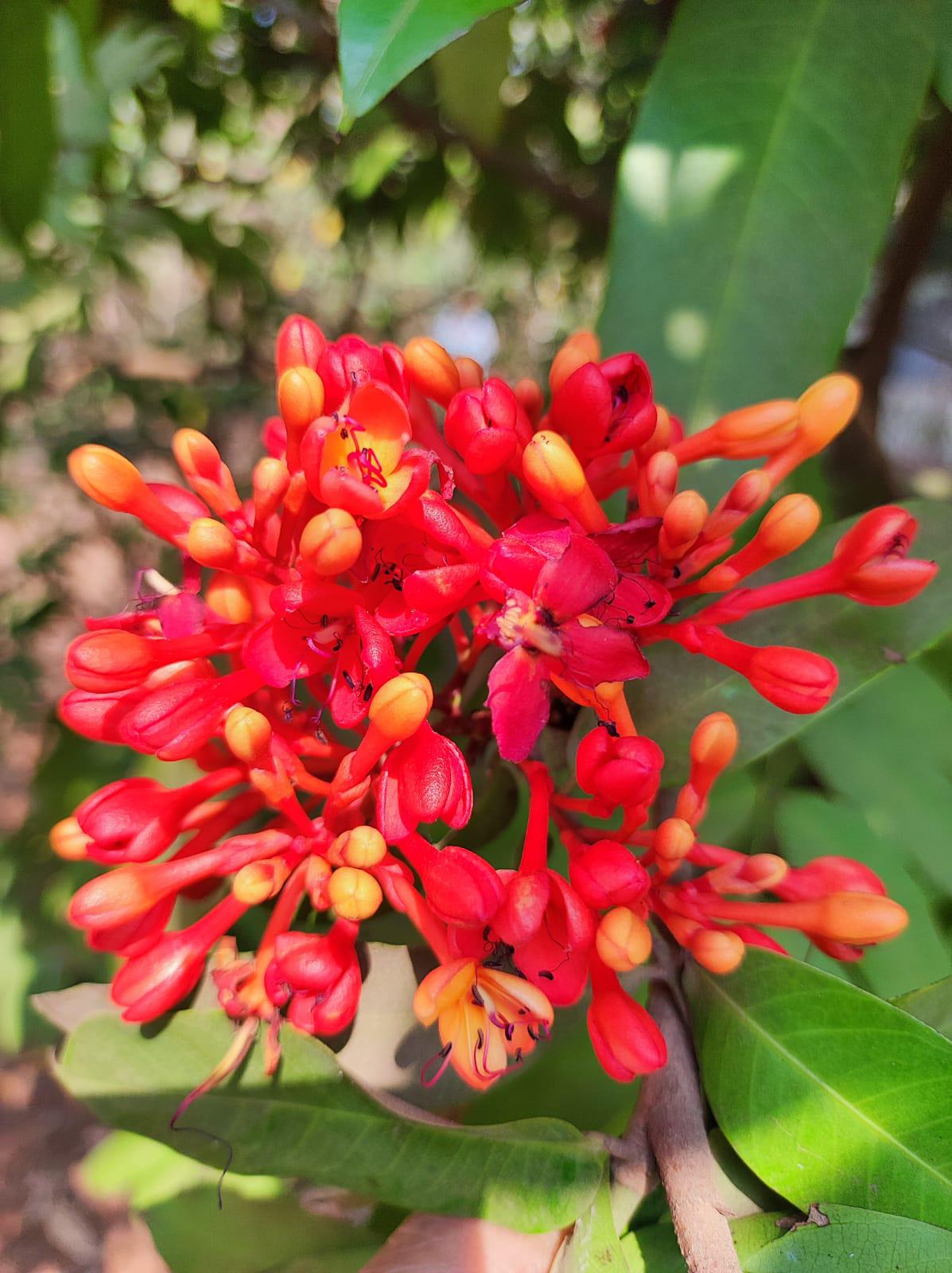
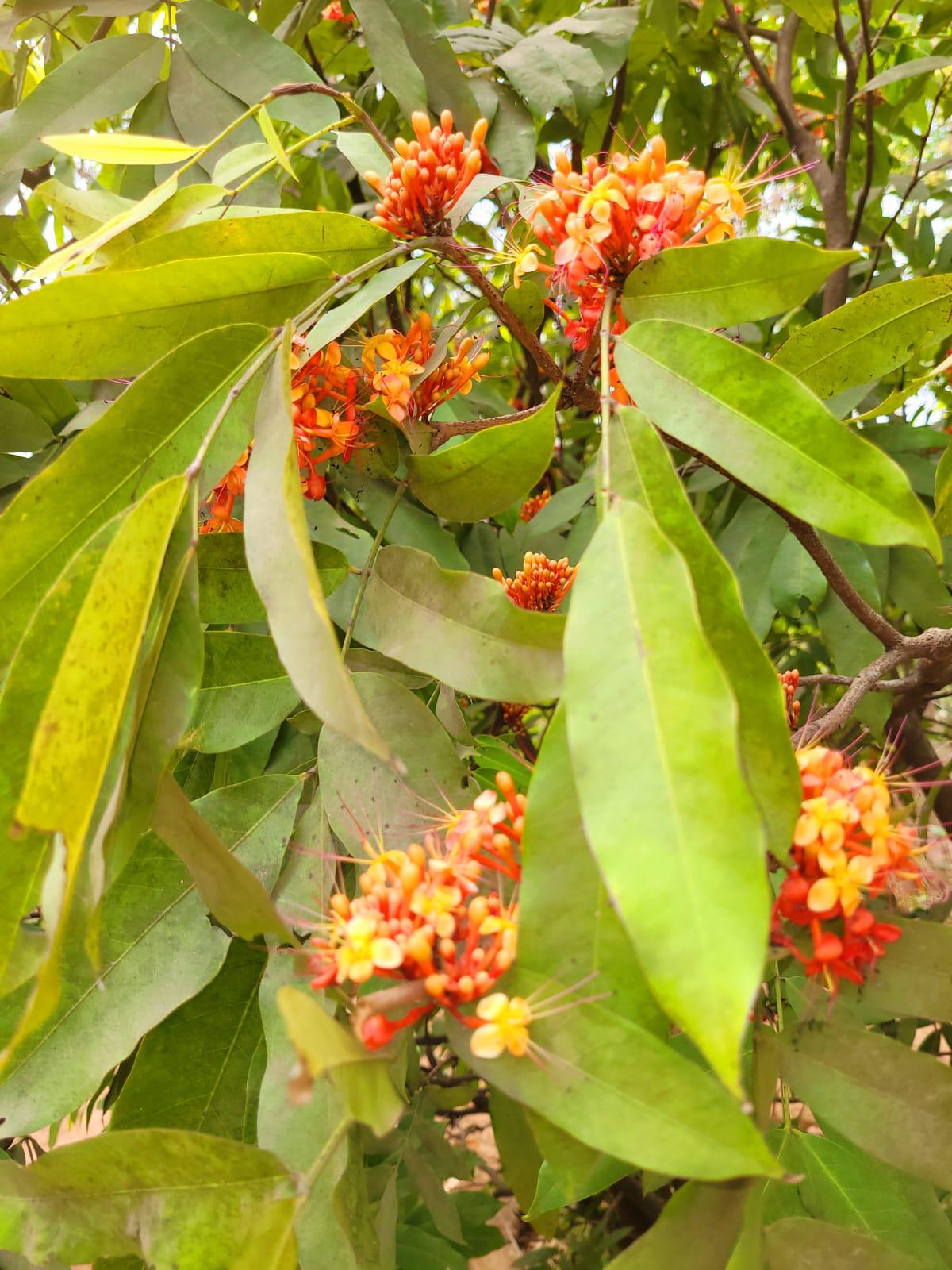
The Ashoka tree is prized for its beautiful foliage and flowers. With the arrival of spring, the tree appears adorned with new leaves. These leaves are copper coloured, bestowing Ashok the name tamraparni or copper-leaved. The leaves slowly transform into light green and then dark green. The flowers appear in dense, closely packed inflorescences and come in heavy, lush bunches. They are bright orange-yellow in color, turning crimson red before wilting. The Ashoka tree is also used as a medicinal tree in addition to being a holy and traditional plant in India. The plant is used in many ayurvedic formulations especially the "asokarishtam" which is beneficial in gynaecological diseases.
It is known as the tree of Love blossoms "Prembriksha", dedicated to Kaamdev, the Hindu God of Love. Kaamdev included the Ashoka blossom among the five flowers in his quiver, where 'Ashoka' represents 'temptation' and seductive hypnosis. Ashoka, the fifth arrow in Madana’s quiver is the most powerful of the five flower arrows, the other four being Swetapadma (white lotus), Neelpadma (blue lotus), Amramanjari (mango blossoms), Juhi or Juthika (jasmine). Hence, the Ashoka tree is often mentioned in classical Indian religious and amorous poetry, having at least 16 different names in Sanskrit referring to the tree or its flowers. Rabindranath Tagore was enchanted by the ethereal beauty of the Ashoka blossoms. In the dance drama Shyama, when protagonist Shyama leaves the capital with Vajrasena, the Kotwal sings plaintively:
Bana hate keno gelo ashokamanjari
Falgunera angina shunyakari
(Why did the Ashoka blooms desert the forest/Leaving the courts of spring so bare?)
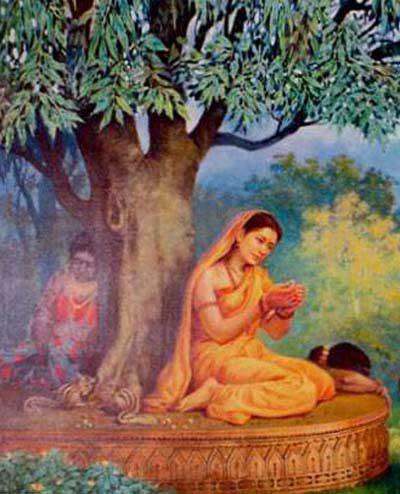
In the Ramayana, Ashoka Vatika is the garden where Hanuman first meets Sita in Lanka. It is said that when Sita cried sitting under the Ashoka tree, the leaves caressed her and promised to end her sorrows. Sita prayed to Lord Shiva with eight buds of the Ashoka blossoms and soon thereafter Hanuman arrived in Lanka with Sri Ram's ring and message. The association of the Asoka tree with Sita also gives it the name Sita-Asoka. The present location of Ashok Vatika is believed to be the Hakgala Botanical Garden, and the area is known as Seetha Eliya in Sri Lanka.
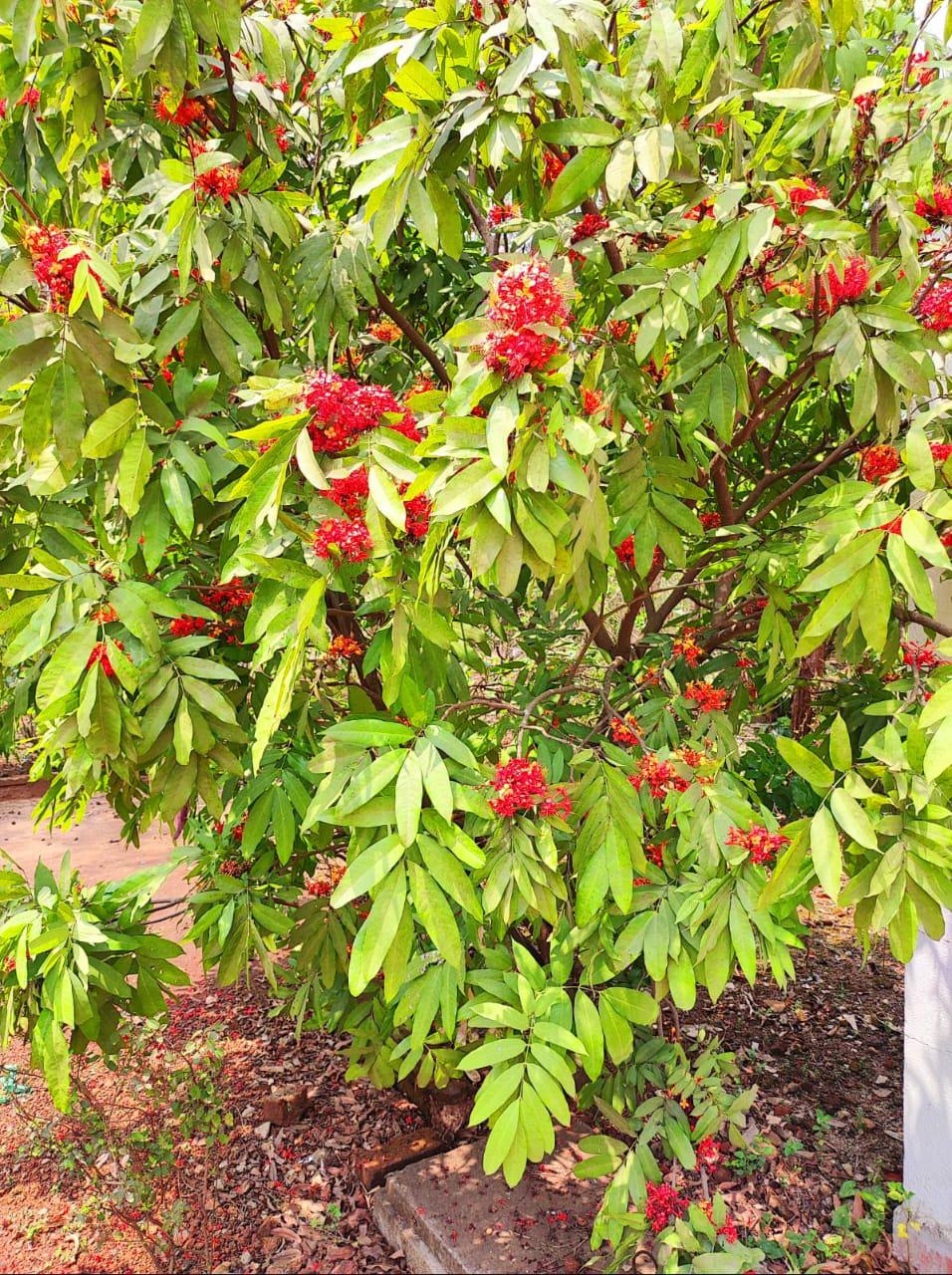
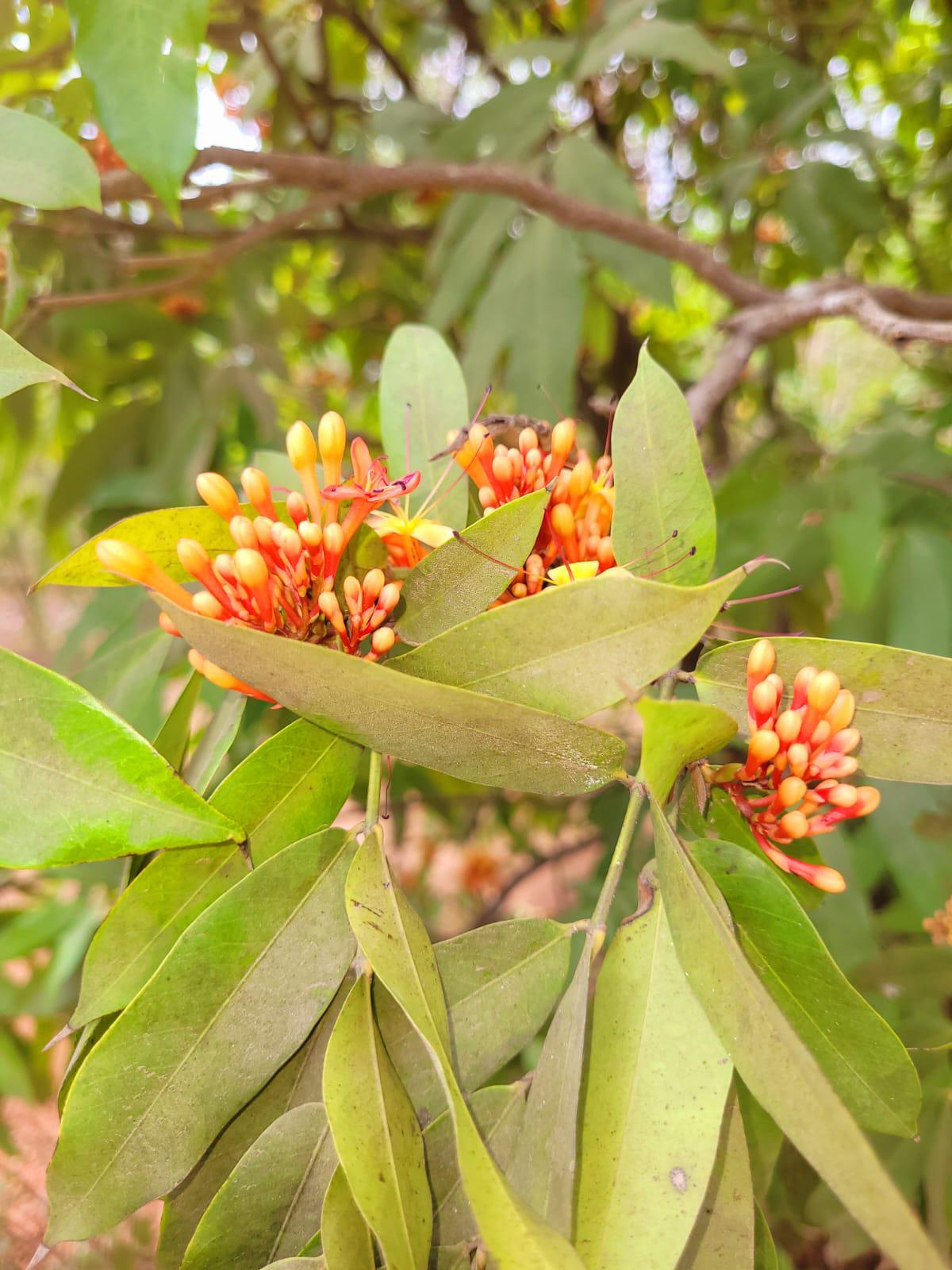
Kalidasa, the noted Sanskrit poet and dramatist, mentioned the Ashoka flower in many of his acclaimed works. In the third act of the play Malavikagnimitram, King Agnimitra admires the beauty of Vanalakshmi, the goddess of the forests, thus:
Raktashokaruchavisheshitaguno
Bimbadharaalaktakah
(The brilliance of the scarlet Ashoka’s blooms/Surpasses the rich red of the lower lips/Of young women, tinted by laksa juice!)
I was wondering how wonderfully Ashoka fit in as the state flower of Orissa.
The typical Oriya is laidback, happy-go-lucky and content with his lot and is rarely fussy or pretentious. Pakhala Dibas and World Happiness Day are both celebrated on March 20th by all Oriyas. The pakhala lunch helps in creating a cozy and comfortable environment in which one feels content and happy. The Odisha University of Agriculture and Technology, for the agricultural education of the people here, took its birth on 24th August 1962 when it was inaugurated by Prof. John K. Galbraith, the great economist and the 7th US Ambassador to India. A famous story, often recounted by my father who accompanied Galbraith on his state tour as a young SP of police was an interaction that Galbraith had with an Oriya farmer.
Galbraith came across a laidback, laconic farmer sleeping under a shady banyan tree on his land after definitely having partaken pakhala. The great economist was taken aback at this lack of industry or effort at farming! Farmers are supposed to be busy people and hardworking! So Galbraith, in right earnest exhorted the laidback farmer to be up and about and take to tilling his lands more energetically. The farmer politely enquired what good it would do. Galbraith held forth and waxed lyrical that more profit would accrue, he would become richer and thus would be able to relax and rest. The farmer shot back quickly that that’s exactly what he was doing! Thus spaketh a happy Oriya! Since 2013, the United Nations has celebrated the International Day of Happiness as a way to recognise the importance of happiness in the lives of people around the world. Happiness is a fundamental human goal and Oriyas surely shows the way!
Or perhaps, the Ashoka flower being designated as the state flower also has something to do with the Kalinga war? That fateful war was responsible for King Ashoka's change of heart, seeing the bloodshed on the banks of the Daya River, with the waters turning red. From Chandashoka he became Dhammashoka! Soon after the defeat of Kalinga, Ashoka embraced Buddhism.
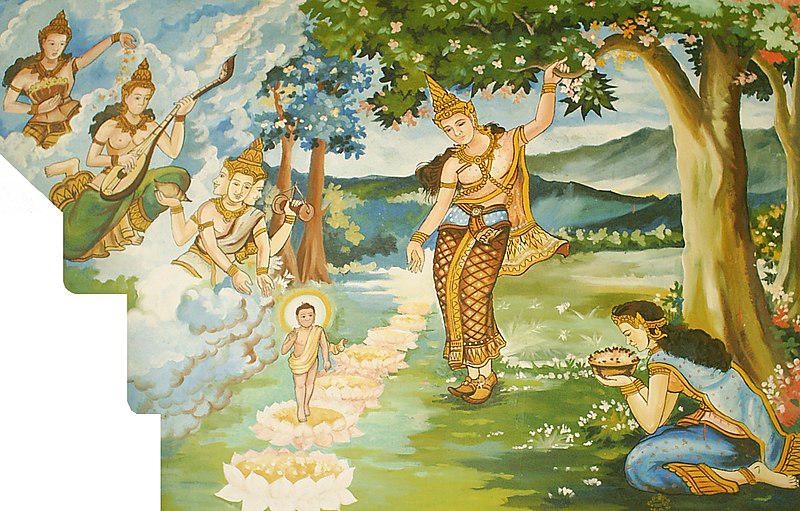
The Lord Buddha was born under the sacred Ashoka tree in Lumbini so Buddhist monasteries are surrounded by Ashoka trees. Human desires are insatiable and craving leads to misery is the keystone of all ancient religions be it Hinduism or Buddhism.
Greetings on Ashokashtami and wishing you all a happy, content day dear readers!
Comments (18)

















